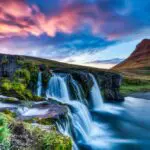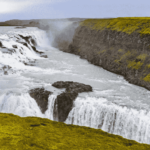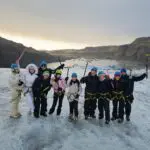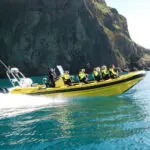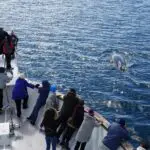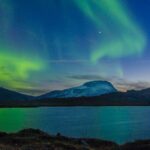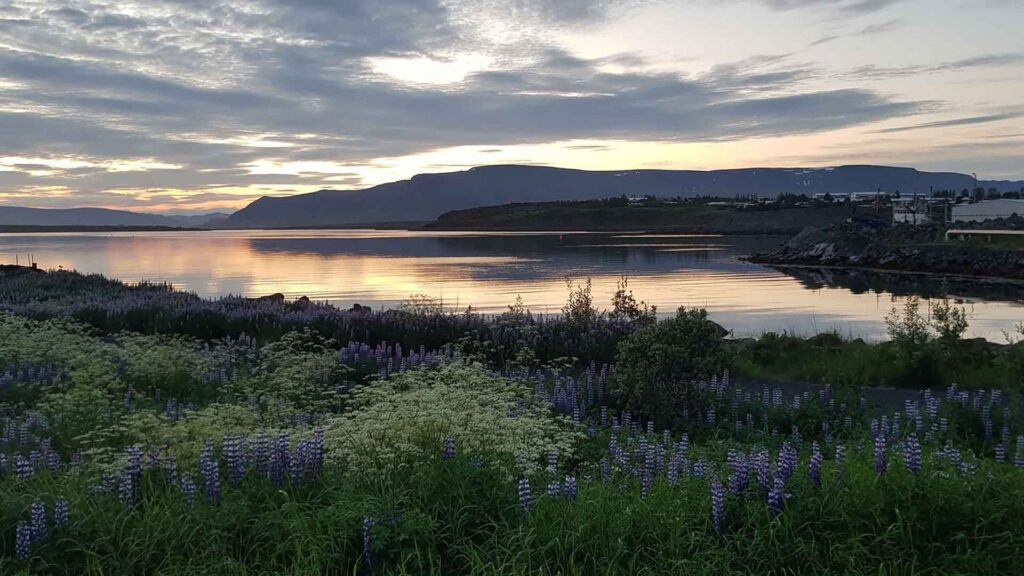
Nordic and Northern European people used the Norse calendar until Christianity took over. However, Icelanders kept using their calendar version, especially the names of the months, until the 18th century. Icelanders still use a few month names, especially þorri, góa, and harpa. The first days of those months are the husband’s day, the woman’s day, and the first day of summer, respectively.
You can read all about the calendar here. Then we have posts about individual months:
The second summer month in the Old Icelandic calendar begins on a Saturday between the 19th and 25th of May.
Two names are known for this month: skerpla and eggtíð. The month’s name is not as old as þorri, for example. The oldest source for þorri is from the 12th century, but skerpla is only known from the 17th century. However, eggtíð is known from Snorri’s Edda in the 13th century, where it is also named stekktíð.
The End of Spring and Beginning of Summer
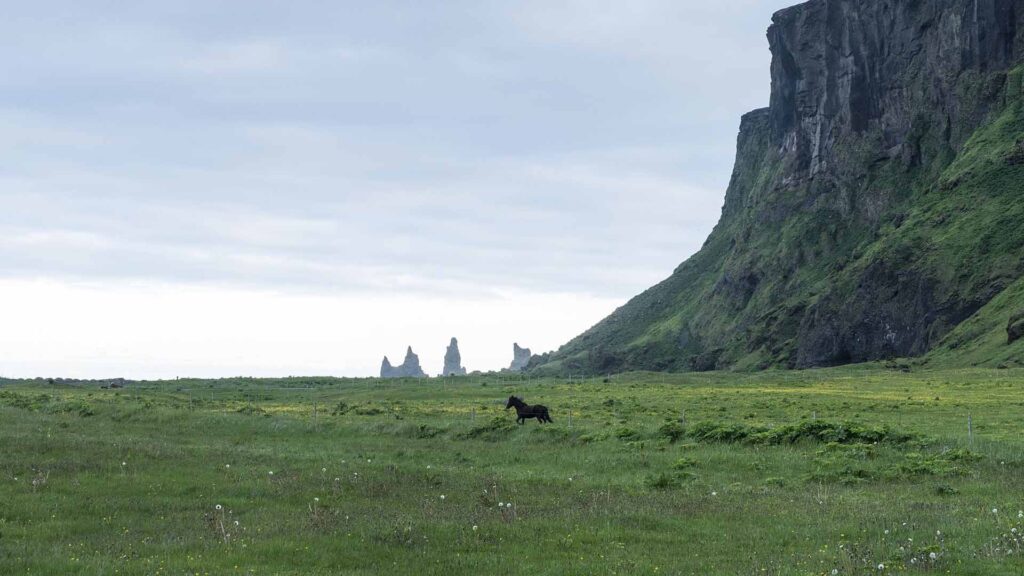
Despite there only being officially two seasons in the old Icelandic calendar, Icelanders still didn’t really believe that summer started right away.
Between the 31st of May and the 6th of June, which marked approximately two weeks into skerpla, it became customary for migrant workers or individuals seeking to change their workplace to relocate to their next destination. This time was called “fardagar”, or travel days. It is unknown why or when it was decided that people should all move simultaneously. But it was easier for everyone to have a set time to move. According to Snorri’s Edda, the travel days were in the middle of skerpla and at the end of spring and the beginning of summer.
The custom of “fardagar” is so old that it is mentioned in the Old Icelandic Sagas, and there it is said it was a custom in Norway as well. So, it is most likely that this custom was something people did ever since the settlement age.
Is it skerpla or eggtíð? Or is it stekktíð?
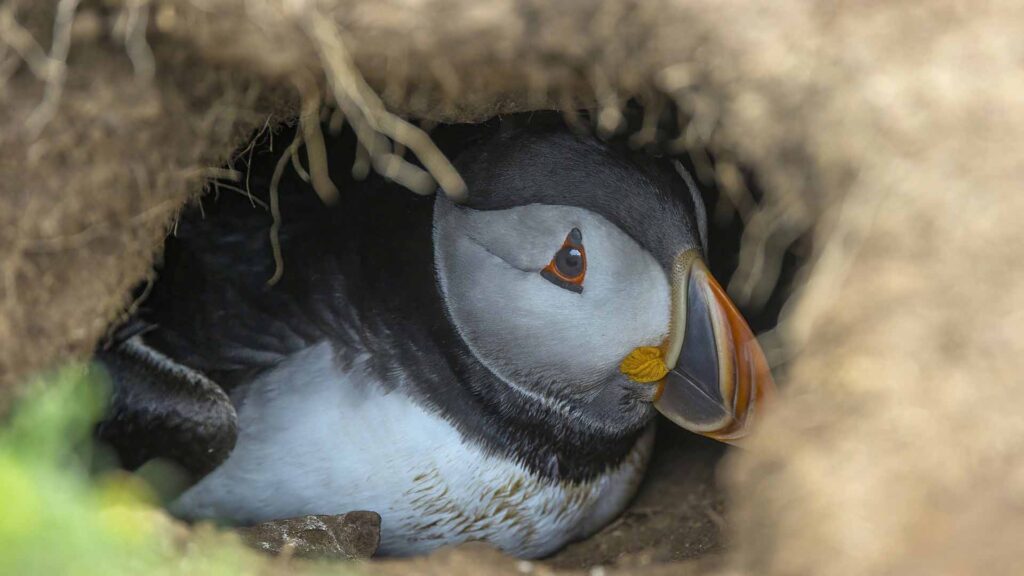
The name skerpla is younger than eggtíð and stekktíð. As we said above, the name skerpla is probably only from the 17th century. At the same time, eggtíð and stekktíð are mentioned in Snorri’s Edda. However, the names could, of course, be much older.
Eggtíð means egg season, and stekktíð refers to new-born lambs being free to roam during the day to suckle from their mother. At night they were locked in a “stekkur” or a pen. The lambs were put in the small pen during the night so farmers could milk the ewes.
So, both names are connected to which chores people had to do in that month.
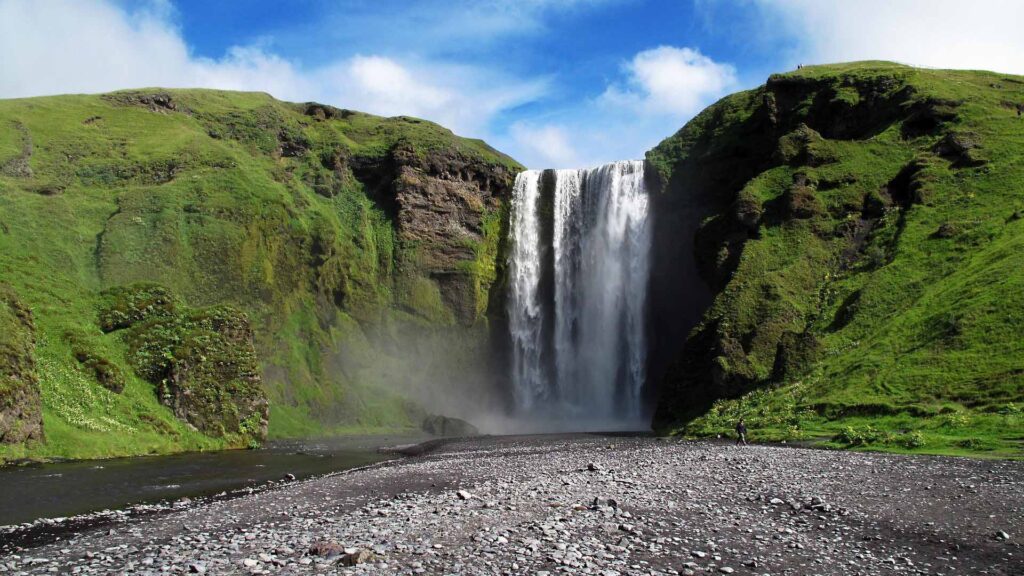
Snorri’s month names possibly weren’t what people called the months day to day as they often described the season. Such as sólmánuður, the following month after skerpla – “sun month”. It starts at the end of June, around the year’s longest day.
The origin of the word skerpla isn’t as clear, but the oldest sources are since the 17th century. It is believed it is derived from the adjective “skarpur” or “sharp” and the noun “skerpa”, which is related to a Norwegian word meaning badlands. It can thus be surmised it refers to little vegetation during spring.
There are no special holidays connected with this month. But, even if we have celebrated the beginning of summer already in April, we can definitely say that summer has now begun.
Please signup HERE for our newsletter for more fun facts and information about Iceland!


